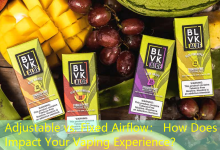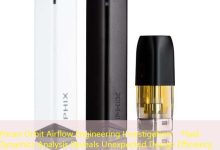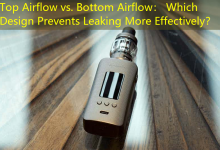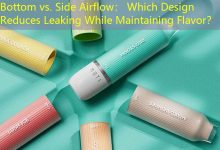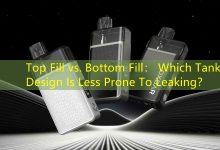Dno vs. Top Airflow: Kako položaj usisnog zraka utječe na kvalitetu pare?
Mnogi entuzijasti vapinga znaju da protok zraka igra ključnu ulogu u proizvodnji i kvaliteti pare. Međutim, ono što mnogi ne shvaćaju je kako položaj usisnog zraka – posebno donji i gornji protok zraka – može značajno utjecati na cjelokupno iskustvo vapinga. This article will delve into the nuances between
bottom airflow
i
top airflow
sustavi, ispitujući kako njihove konfiguracije utiču na kvalitet pare, ukus, i zadovoljstvo korisnika.
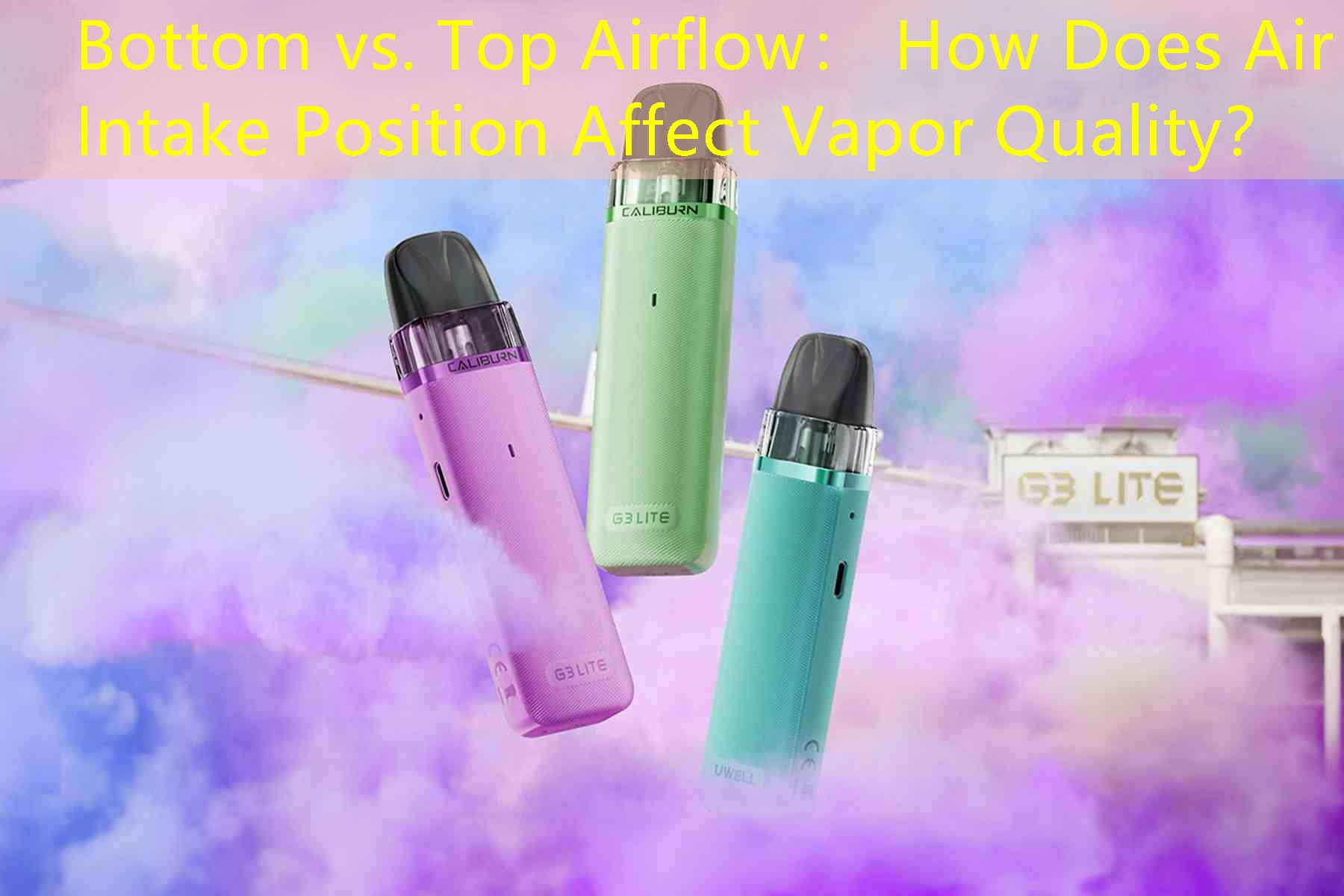
Razumevanje protoka vazduha: Osnove
Airflow in vaping devices is responsible for delivering the air necessary to vaporize e-liquid. Položaj dovoda - bilo na dnu ili na vrhu - može promijeniti način na koji ovaj zrak stupa u interakciju s parom i izlazom okusa. Ključni faktori uključuju turbulenciju, hlađenje, and flavor concentration. Bottom airflow tends to produce more vivid flavors, while top airflow can lead to smoother hits.
The Case for Bottom Airflow
Bottom airflow systems draw air from below the coil, leading to several distinct characteristics:
- Enhanced Flavor: By pulling air directly over the heated coil, bottom airflow systems can deliver a more concentrated flavor.
- Vapor Density: The airflow directly hitting the coil results in denser vapor due to efficient vaporization.
- Direct Contact: The airflow allows for a more immediate interaction with the e-liquid, enhancing overall sensation.
Međutim, users might notice that bottom airflow can sometimes produce a warmer vaping experience, which could be uncomfortable for some. Na primjer, a popular tank like the GeekVape Zeus RTA utilizes bottom airflow, allowing for robust flavor and dense clouds, appealing to flavor chasers.
Benefits of Top Airflow Systems
Obrnuto, top airflow setups introduce air from above the coil, offering a different set of advantages:
- Smoother Hits: The air has a chance to cool down as it travels down towards the coil, resulting in less throat hit.
- Lesser Leakage: With the airflow positioned at the top, these devices are generally less prone to leaking, making them user-friendly.
- Versatile Build Options: Many top airflow devices accommodate different coil configurations, allowing users to experiment with various setups.
An excellent example of top airflow performance can be found in the SMOK TFV12 Prince Tank. This tank provides smooth airflow and produces soft, flavorful vapor that many users prefer for longer sessions.
Vapor Quality Comparisons
| Značajka | Donji protok zraka | Top Airflow |
|---|---|---|
| Flavor Intensity | Visoko | Moderate |
| Vapor Density | Dense | Light |
| Cooling Effect | Minimalan | Visoko |
| Leakage Risk | Higher | Lower |
User Preferences and Recommendations
The choice between bottom and top airflow largely comes down to personal preference. For those who prioritize intense flavor and vapor density, bottom airflow systems are highly recommended. Međutim, if you prefer smooth, easy draws and greater convenience, top airflow configurations may be more suitable. Manufacturers today recognize this split in preferences and often design devices that incorporate both airflow options, allowing users to customize their experience.
U konačnici, understanding the impact of airflow on vapor quality can enhance one’s overall vaping experience. Whether you lean towards a
bottom airflow
setup for flavor or a
top airflow
option for a smoother experience, each configuration offers its unique benefits tailored to varying vaping styles.

